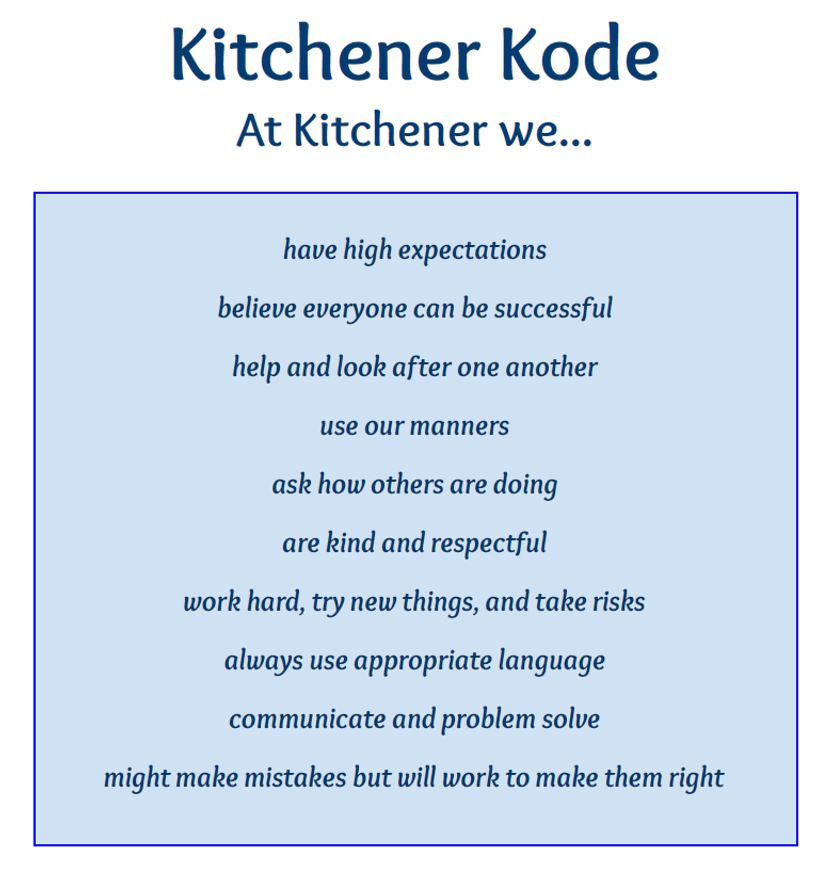When the pandemic first emerged and elementary education systems went online, I was teaching in North Central Regina at a community school (still am). We had daily Google Meets, but after a couple weeks it became increasingly futile as an effective learning tool, as less than 20% of students attended these synchronous class sessions. Considering that there were so many unknowns during that time (namely how deadly the Covid-19 virus would be), there was still a great deal of value in having an opportunity to chat with students and maintain relationships, but also a glaring reminder of the lack of reliable and sufficient technology in the community that my school serves.
While it was great to connect with the few students that did attend the online meets, it was also devastating to know that a group of students that already have to deal with poverty, racism, and transiency in their lives, were also experiencing a disconnection from their school community. I’m not saying that school is the end all to be all, but I know that every school building has adults that genuinely care about their students, and that sharing a community with my kiddos is one of the joys of my life.
In the hope of compensating for the low uptake in online synchronous community building, teachers delivered physical homework packages every two weeks. This provided a few opportunities for distanced face to face conversations. Unfortunately I also saw the pandemic restrictions push many poor-attending students into non-attending students. This is something I’ve kept in mind while designing my course prototype. As much as I can appreciate the potential for online digital communities, I am also in a very different situation than some of my colleagues, who over the past two years have developed a skill-base and ability to manage a group of 25-35 students online on a daily basis.
I will be using Wevideo Classroom and Flipgrid to facilitate student/student/instructor interactions. Flipgrid’s ease of use will allow me to post short questions and icebreakers to create student responses. The majority of these interactions will still happen at the physical school building, but it will also allow students who are shy to make their video responses in private, which might help reduce anxiety.
I plan on using the features of Wevideo Classroom to help foster a positive online community in my course prototype. I intend to use small group mini-assignments on the Wevideo platform. My hope is that through the process of engaging in a online community project, students will also learn applicable skills and gain a sense of belonging.
The guidelines for the development of these online communities will be established at the onset of the course, and will include a discussion of our school code, and how it applies in an online environment (see code below).

Due to the ongoing reality of many of my student’s lack of technology at home, I believe that most of the online community building will still occur at school, but both Wevideo Classroom and Flipgrid are accessible online, so students could still contribute outside of the school day.
I feel like the task of creating a healthy online community is quite daunting, so I hope to take a reasoned and incremental approach to its implementation. At this point my understanding and ability is minimal, so I’m looking forward to the opportunity to tweak and revise my online community building activities and philosophy over the next couple weeks.

Hi Devon, thanks for the reflective post. My prototype and my engagement tools will be similar to yours in that it will allow students to interact at school, but also find a space online to communicate in case they are shy. I’m also going to implement Flipgrid, which I have found to be a really fun and interactive tool for students to use. I wasn’t familiar with Wevideo before your post, so thanks for offering a new platform to explore.
Devon, I enjoyed reading your post. It certainly made me reflect that the Pandemic has certainly impacted everyone in so many different ways. Online learning has so many challenges to overcome before if is made available for all.
Devon,
I am really looking forward to seeing how you implement WeVideo into your modules and how your students use it. This is a tool I am not very familiar with but my students use with ease. Interacting through WeVideo has piqued my curiosity.
Brianne
Devon,
You wrote about how devastating it was for students who already were dealing with poverty, racism and transiency at home to have been then further distanced from their school community because of the pandemic. This was something that I saw happening and was very disheartened by… the gap between high achieving and struggling students seemed to widen month by month. Furthermore, the students who so desperately needed school to escape the issues they may dealing with at home, were precisely the students who were not showing up. This was tough to see and I’d love to think that in the future, the education system can do more for those students and families if something similar were to happen again.